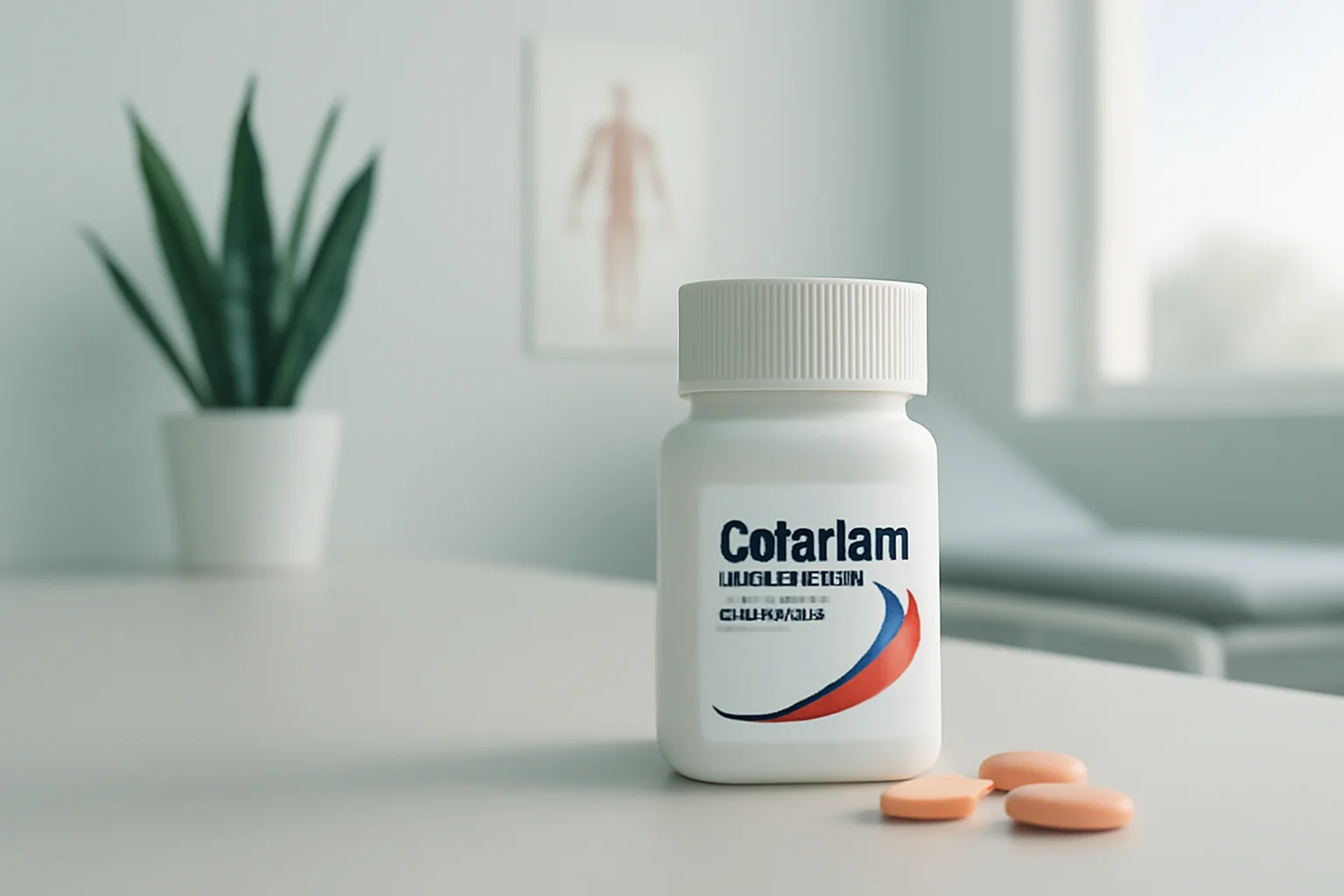
Cataflam and diclofenac: effects, usage, and side effects
A pain relief and anti-inflammatory medications are widely available to us. Two popular choices are Cataflam and Diclofenac, which are commonly used for treating various pains and inflammations due to their active ingredients. Both medications are non-steroidal anti-inflammatory drugs (NSAIDs), which are a well-established and recognized choice in medical practice for managing different types of pain.
Cataflam and Diclofenac are popular due to their pain-relieving effects, but their applications and mechanisms of action are not identical. Patients often seek information on which medication is most suitable for them and what the differences are between the two. It is important to understand that while both drugs serve a similar purpose, their different forms and dosages offer various usage options and benefits. Proper information can help patients make informed decisions and choose the best option for their health.
Cataflam: Mechanism of Action and Applications
Cataflam, whose active ingredient is diclofenac, belongs to the group of non-steroidal anti-inflammatory drugs (NSAIDs). It is primarily known for its pain-relieving and anti-inflammatory effects. The mechanism of action of the drug lies in its ability to inhibit the activity of cyclooxygenase (COX) enzymes, which play a key role in the synthesis of prostaglandins. Prostaglandins are substances that cause inflammation and pain, and by reducing them, Cataflam effectively alleviates pain and inflammation.
Cataflam is most commonly used for various types of pain, such as arthritis, rheumatic pain, menstrual pain, and postoperative pain. The medication is available in different forms, such as tablets, gels, or infusions, allowing patients to choose the most appropriate application method according to their needs.
It is important to note that, like all medications, Cataflam has side effects, which may include gastrointestinal issues such as nausea, vomiting, or stomach ulcers. Therefore, it is always advisable to consult a healthcare professional before taking the medication, who can consider the patient’s individual circumstances and medical history.
Diclofenac: Characteristics and Usage Guidelines
Diclofenac is another popular non-steroidal anti-inflammatory drug that is also used for the treatment of pain and inflammation. The mechanism of action of Diclofenac is similar to that of Cataflam, as it also reduces the levels of prostaglandins by inhibiting cyclooxygenase enzymes, thereby alleviating pain and inflammation.
Diclofenac is available in various forms, including tablets, suppositories, and gels for local application. Doctors often recommend the use of Diclofenac for chronic pain conditions such as osteoarthritis and rheumatoid arthritis, as well as for acute pains such as sports injuries and postoperative pain.
When using Diclofenac, it is also important to consider the possible side effects, which may include gastrointestinal complaints, dizziness, headaches, and allergic reactions. Since taking Diclofenac may be necessary for the long term, patients should regularly monitor their health status and consult their doctor about the continuation of their treatment plan.
Adhering to the proper dosage is crucial when using Diclofenac, as overdose can have serious consequences. It is also advisable to be informed about possible interactions before taking the medication, especially if the patient is taking other medications.
Differences Between Cataflam and Diclofenac
Although Cataflam and Diclofenac belong to the same drug group, there are some significant differences between them that are worth considering when making a choice. First of all, Cataflam is a form of Diclofenac that has a faster onset of action, as it is absorbed more quickly in the body. Therefore, Cataflam may be an ideal choice for sudden pain, such as headaches or menstrual pain.
On the other hand, Diclofenac has a longer duration of action, making it more suitable for treating chronic pains, such as arthritis or rheumatic pain. Diclofenac provides more prolonged pain relief, which may be particularly important for patients suffering from chronic conditions.
Furthermore, the methods of application for the medications may also differ. While Cataflam is generally available in tablet form, Diclofenac can be found in various forms, including gels and suppositories, allowing for local application. This can be particularly useful in cases where localized pain treatment is necessary.
For both medications, it is essential for patients to be informed about possible side effects and contraindications for taking the medication. Doctors usually consider the patient’s medical history and health status before recommending one medication over the other.
Choosing and Advice for Using Cataflam and Diclofenac
When choosing between Cataflam and Diclofenac, it is important for patients to consider their own health condition, the nature of the pain, and the forms of the medication. It is always recommended to have a medical consultation before taking pain-relief medications to ensure that the patient receives the most appropriate treatment method.
It is essential for patients to monitor their own reactions to the medications during treatment. If they experience any unusual symptoms or side effects, they should immediately inform their doctor. Regular medical check-ups are particularly important in the case of long-term treatment, as some side effects may appear later.
Adhering to the proper dosage is also crucial, as overdose can lead to serious health problems. Both Cataflam and Diclofenac come with a dosing guide that must be strictly followed.
Overall, Cataflam and Diclofenac are effective medications for treating pain and inflammation, but the best choice always depends on the individual needs of the patient. Professional medical advice can help patients make the most suitable decision.
**Warning:** This article does not constitute medical advice. Always consult your doctor for health issues!

